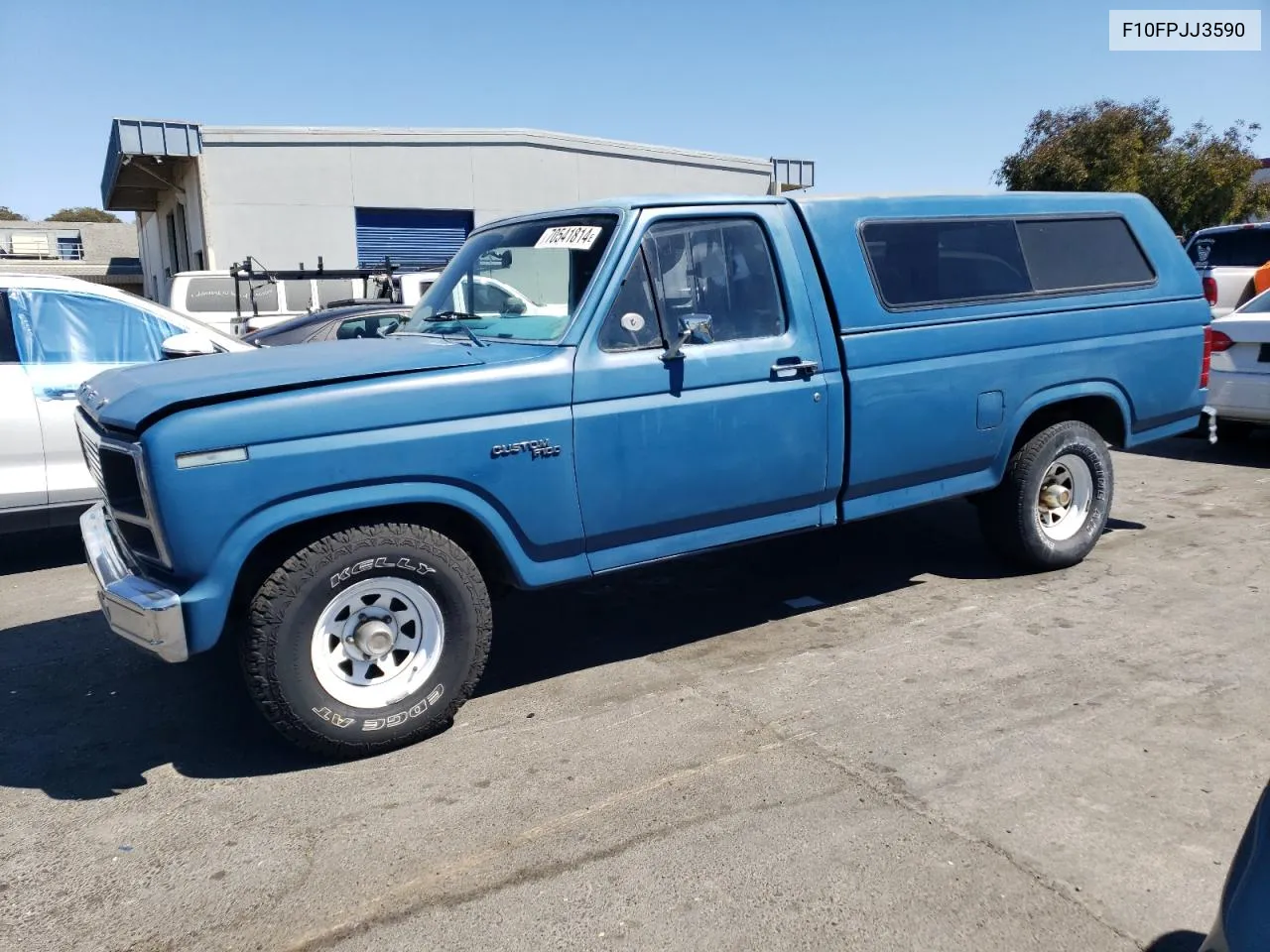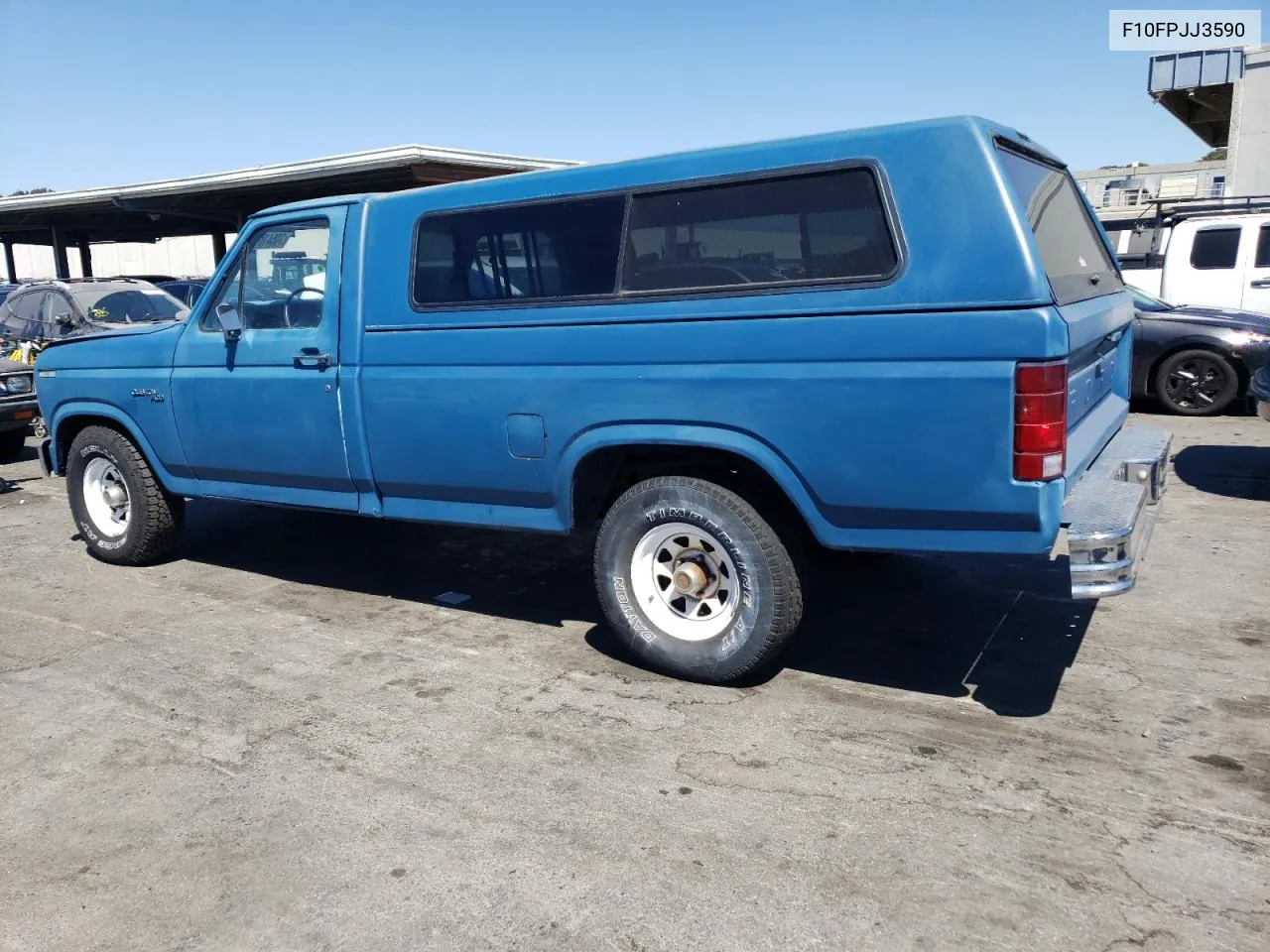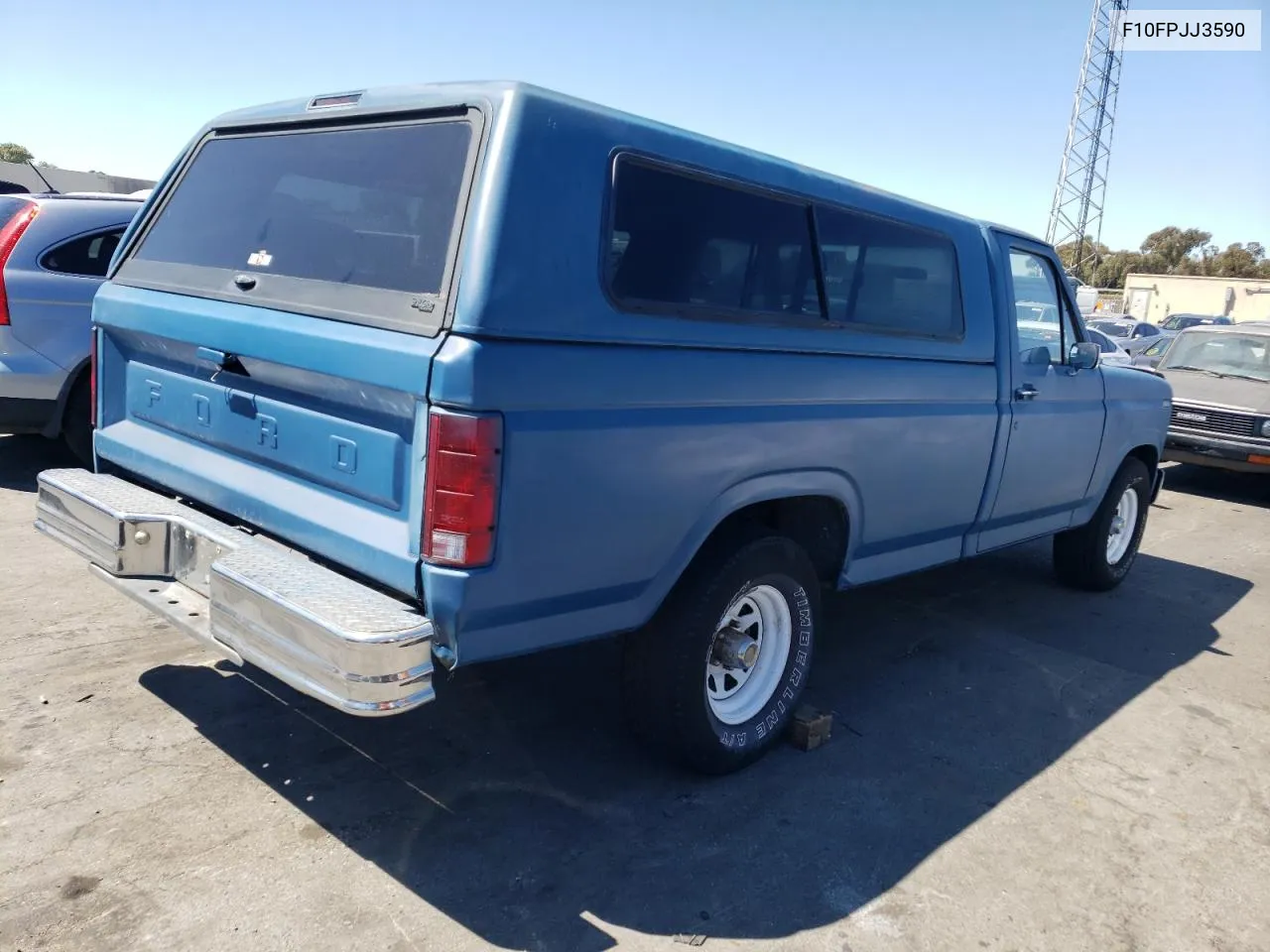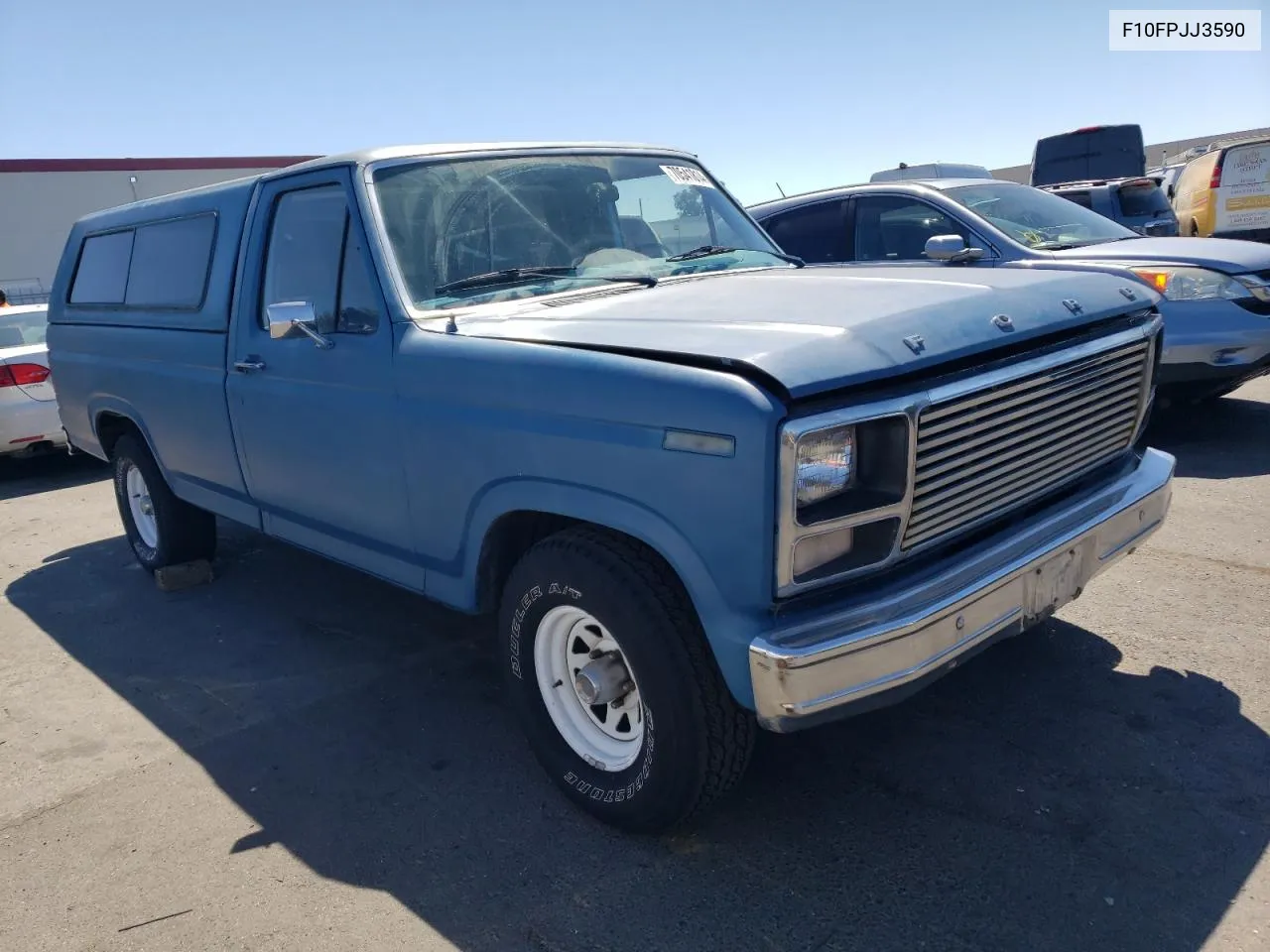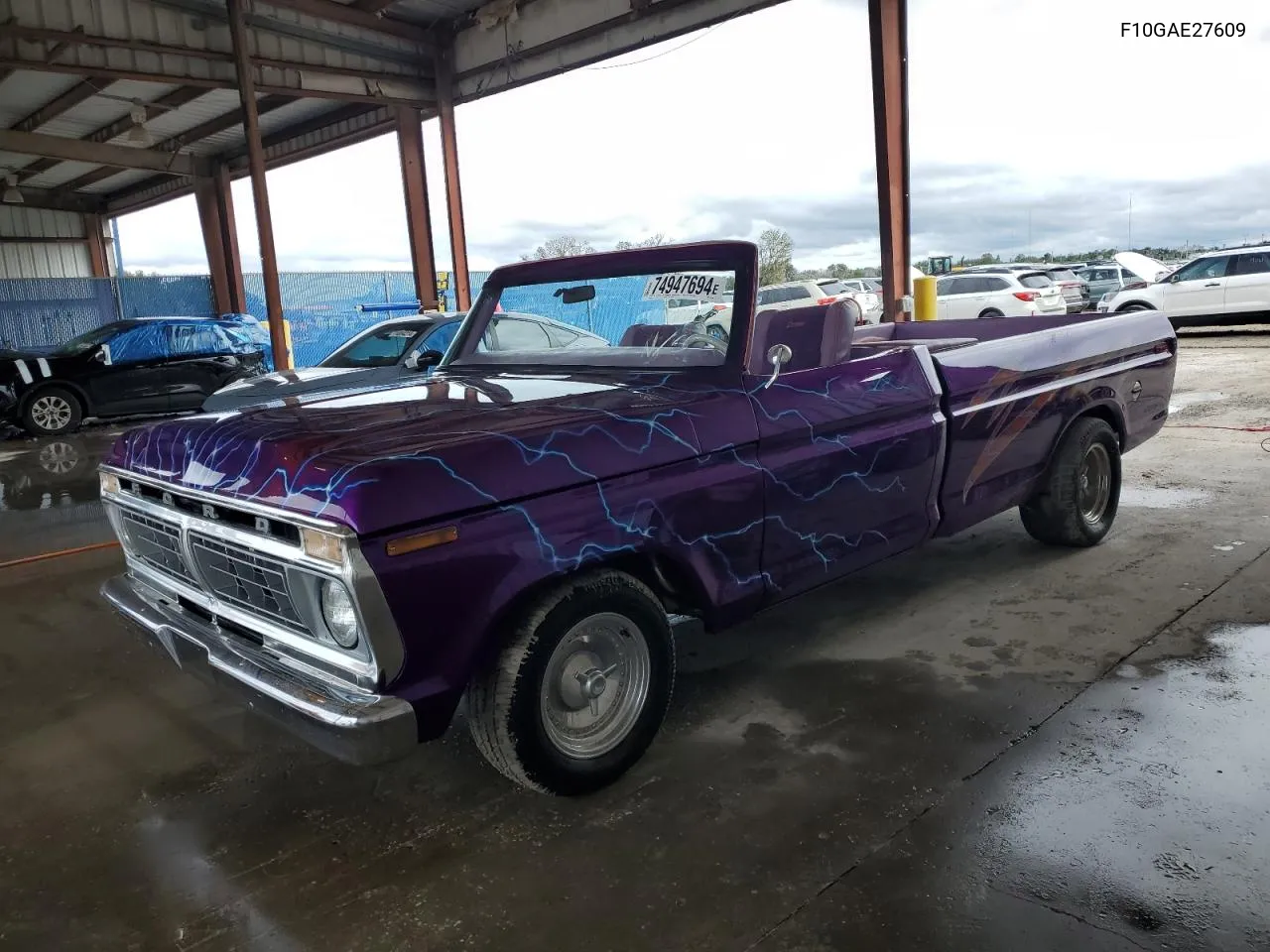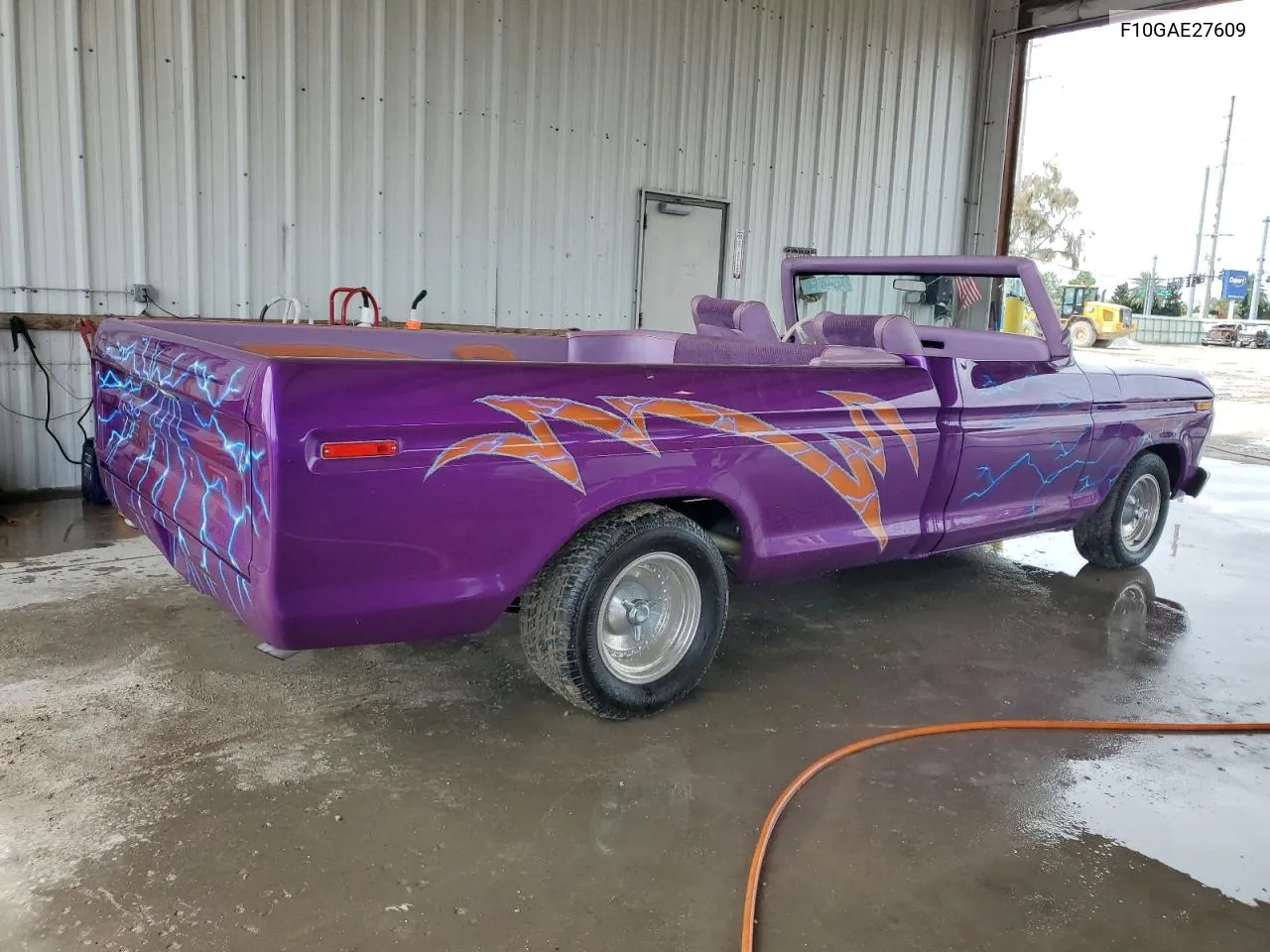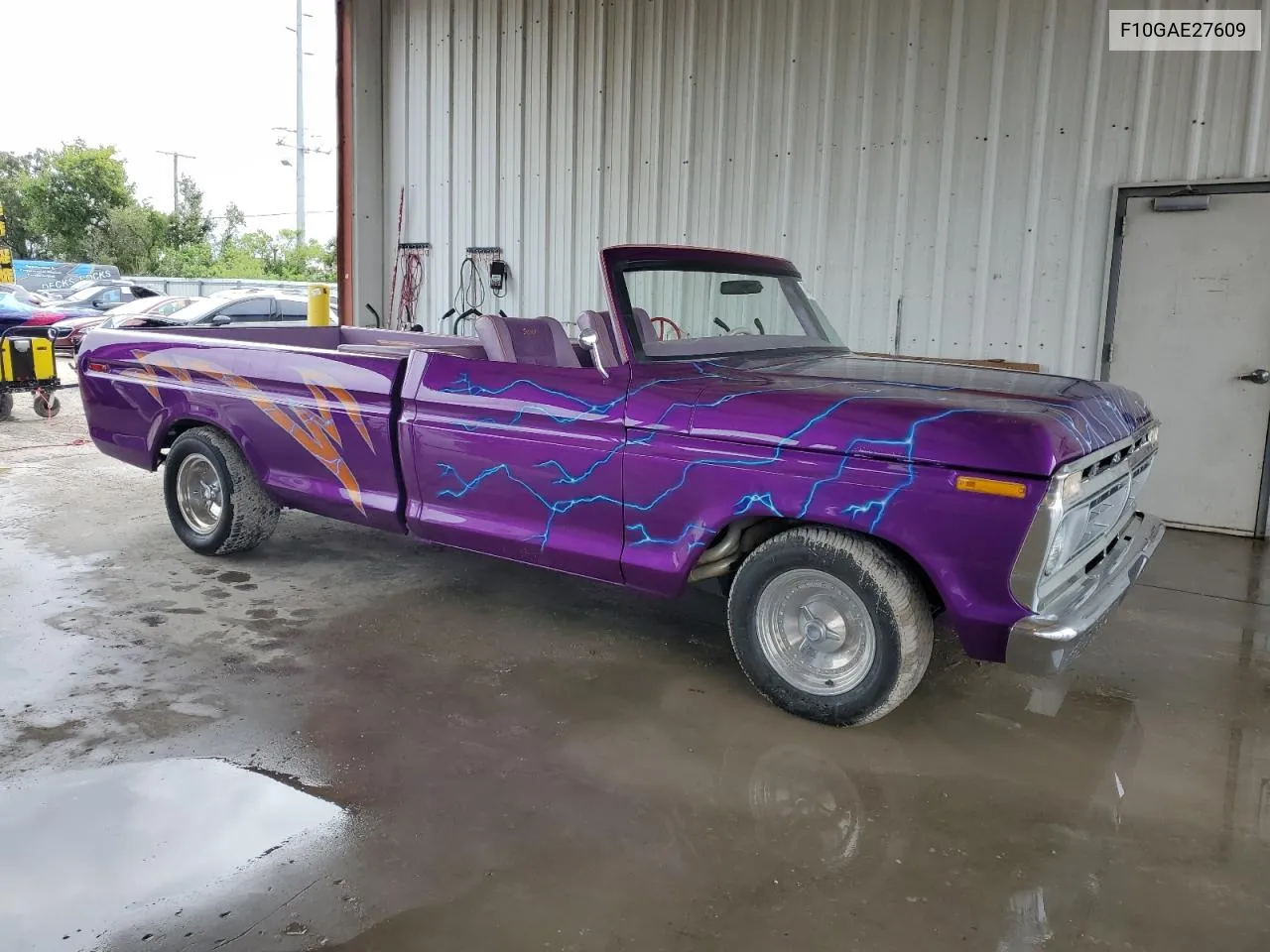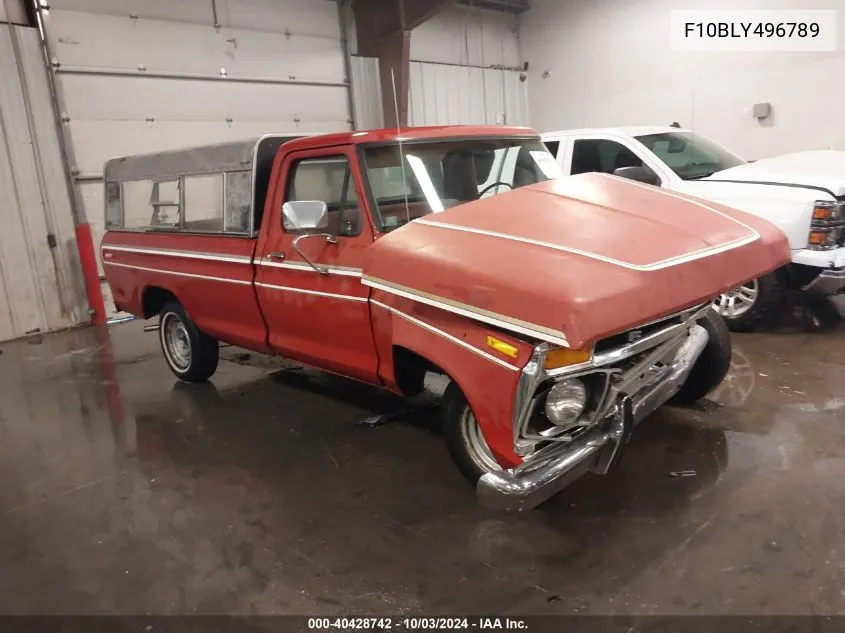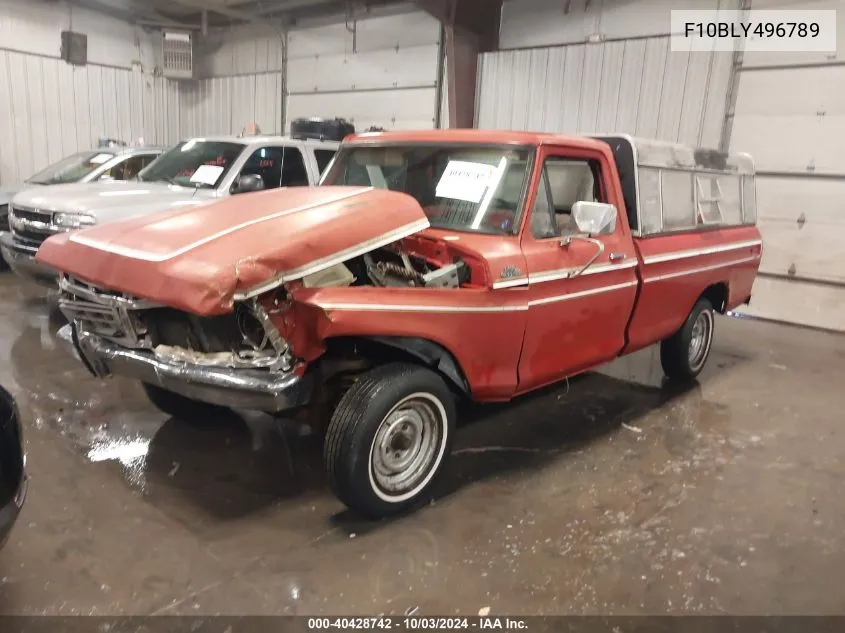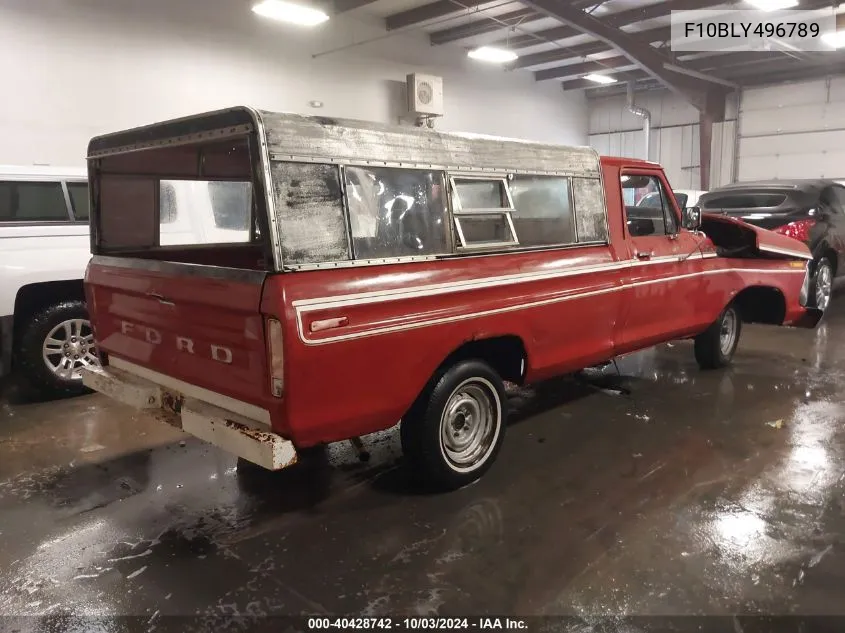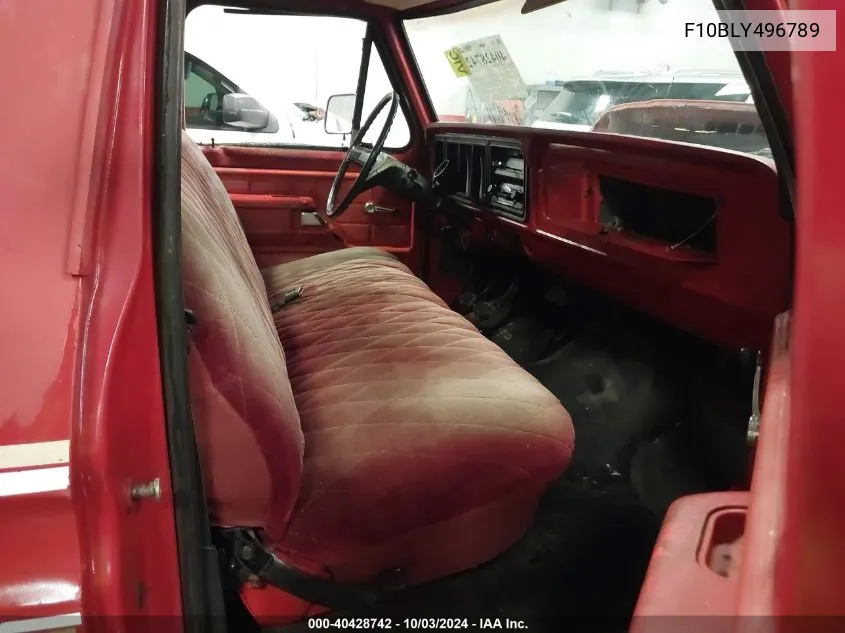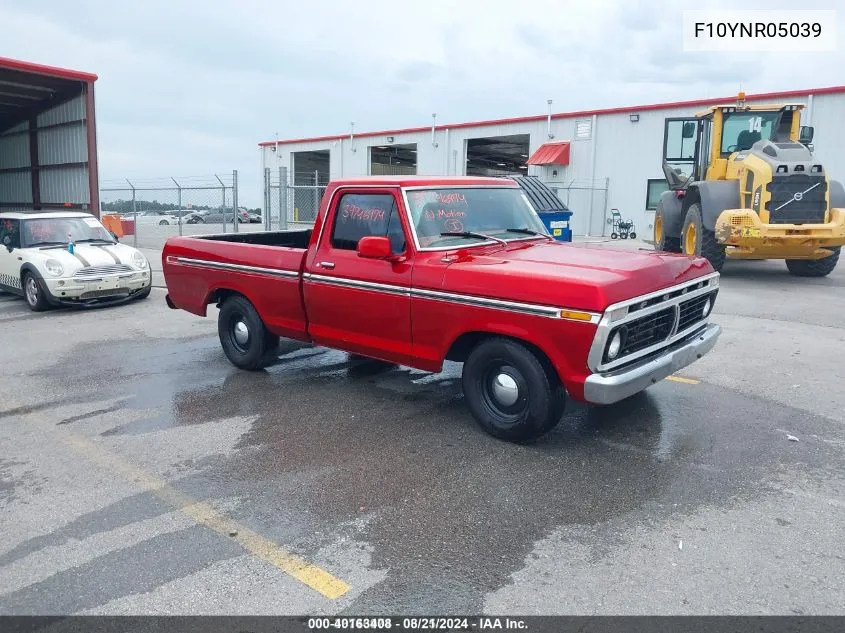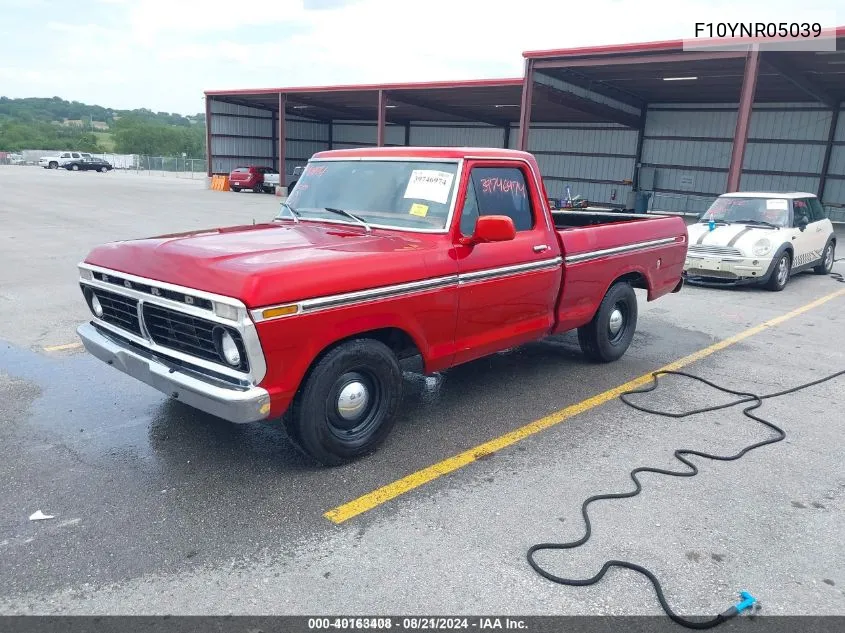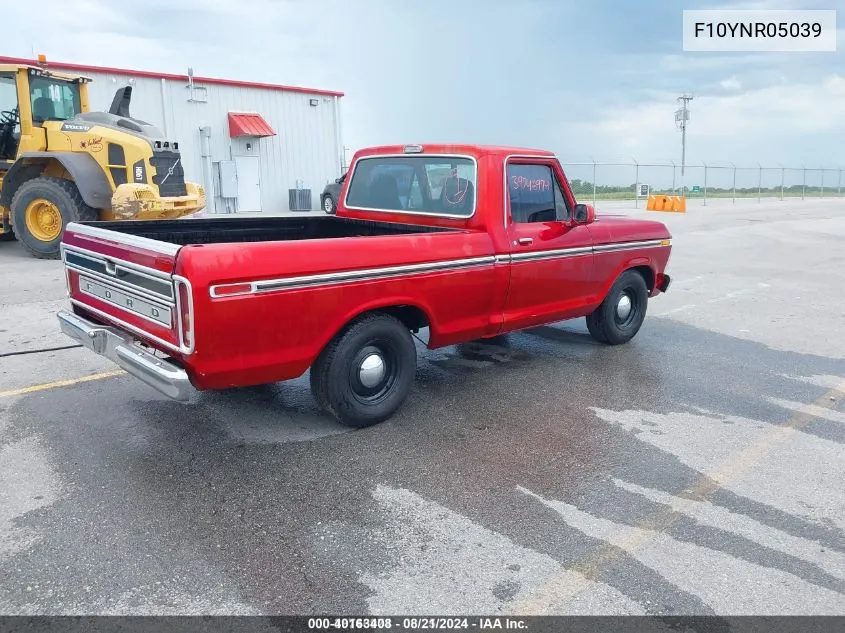Ford F100 (12)
1967 Ford F-100
Brand
 Ford
Ford
Model
F100
VIN
F10YEB41797
Auction number
74215484
Odometer
847 km.
Sale date
16.10.2024 14:00
Auction platform
copart.com
1980 Ford F-100
Brand
 Ford
Ford
Model
F100
VIN
F10FPJJ3590
Auction number
70541814
Odometer
93741 km.
Sale date
15.10.2024 19:00
Auction platform
copart.com
Bid: 675 $
Open
1977 Ford F100
Brand
 Ford
Ford
Model
F100
VIN
F10BLY496789
Auction number
40428742
Odometer
120117 km.
Auction platform
iaai.com
1982 Ford F100
1972 Ford F100
Brand
 Ford
Ford
Model
F100
VIN
F10HLN40994
Auction number
61335304
Odometer
154552 km.
Sale date
22.07.2024 17:00
Auction platform
copart.com
Bid: 4 500 $
Open
1971 Ford F100
Bid: 60 $
Open
1979 Ford F100
Brand
 Ford
Ford
Model
F100
VIN
F10GUDE0501
Auction number
70148554
Odometer
107680 km.
Sale date
10.09.2024 14:00
Auction platform
copart.com
Buy now: 5 900 $
Open
1968 Ford F100
Brand
 Ford
Ford
Model
F100
VIN
F10YED01381
Auction number
39882548
Odometer
2 km.
Auction platform
iaai.com
1973 Ford F100
Brand
 Ford
Ford
Model
F100
VIN
F10YNR05039
Auction number
40163408
Odometer
54204 km.
Sale date
03.10.2024 14:30
Auction platform
iaai.com
Bid: 3 225 $
Open
The Ford F100 is one of the most iconic pickup trucks in the history of the automotive industry. Produced from 1948 to 1983, it has become a symbol of reliability, durability and versatility. Over the years, the model has undergone many changes that reflect the evolution of both technology and customer preferences.
This pickup truck was not just a vehicle, but a real assistant in agriculture, construction and other industries. In this article we will look at the history of the Ford F100 model, its modifications, color options, years of production, number of units sold, as well as the most successful and problematic versions.
History of the Ford F100 model
The first Ford F100 appeared in 1948 as part of the F series, replacing Ford's previous line of pickup trucks. The main goal of the model was to create a reliable and functional pickup truck that could be used for both commercial and personal needs.
Main stages of evolution
- 1948-1952 – First generation, with a distinctive design and simple construction. Pickup trucks were equipped with inline six-cylinder engines.
- 1953-1956 – Second generation. The appearance of the F100 name, changes in design and improved interior comfort.
- 1957-1960 – Third generation. Introduction of new engines and improved suspension characteristics.
- 1961-1966 – Fourth generation. Significant design update and improved technical characteristics.
- 1967-1972 – Fifth generation. Increase in size and capacity, emergence of new options.
- 1973-1979 – Sixth generation. Additional improvements in safety and comfort.
- 1980-1983 – Seventh generation. The last years of production of the F100 model with the introduction of new technologies.
Modifications
During the production of the Ford F100, there were many modifications adapted to the various needs of customers. Here are some of them:
- F100 Custom – basic version with a minimum set of options.
- F100 Ranger is an improved version with additional comfort features.
- F100 XLT is a premium version with maximum equipment.
Color options
The Ford F100 was offered in a variety of colors that varied depending on the year and generation. The most popular colors included:
- Red
- Blue
- White
- Black
- Green
Number of units sold and successful models
During its production, the Ford F100 sold several million units worldwide. The fifth and sixth generation models were the most popular, thanks to their improved performance and comfort.
The most successful versions were:
- 1965 F100 – Known for its stylish design and reliability.
- 1976 F100 – was a great success thanks to innovations in the field of safety and comfort.
Problem versions
Despite the overall success, there were also problematic versions. One of these was the 1973 model, which had frequent problems with corrosion and insufficient frame strength. Also, the 1980 model had a number of technical problems associated with the new technologies introduced, which affected its reputation.
Of course, here are the corrected lines with the removal of repetitions of words: History of the Ford F100 Evolution of the F100: from the first models to the modern ones The significance of the F100 in the history of the automotive industry Significant moments and achievements of the F100 Modifications and features of the F100
The Ford F100 was introduced in 1953 and has since gone through many iterations, each adding something new and improved. These changes included not only technical characteristics, but also design, making the F100 one of the most recognizable models in the Ford lineup.
Let's sum it up
The history of the Ford F100 is one of constant development and adaptation to the demands of the times. The model went through several significant stages, each of which strengthened its position in the market and in the hearts of car enthusiasts. A variety of modifications and colors allowed everyone to find their ideal F100, and high sales and recognition testify to its success.
- Evolution of the model: from the first versions to modern cars.
- Impact on the Automotive Industry: Making a significant contribution to the development of the pickup truck segment.
- Significant achievements: many awards and recognition among car enthusiasts.
- Variety of modifications: wide selection of engines, transmissions and other technical features.
Despite some problematic issues associated with certain series or technical solutions, the Ford F100 remains a symbol of quality and reliability. The model continues to inspire new generations of car enthusiasts, while maintaining its historical significance and uniqueness.











